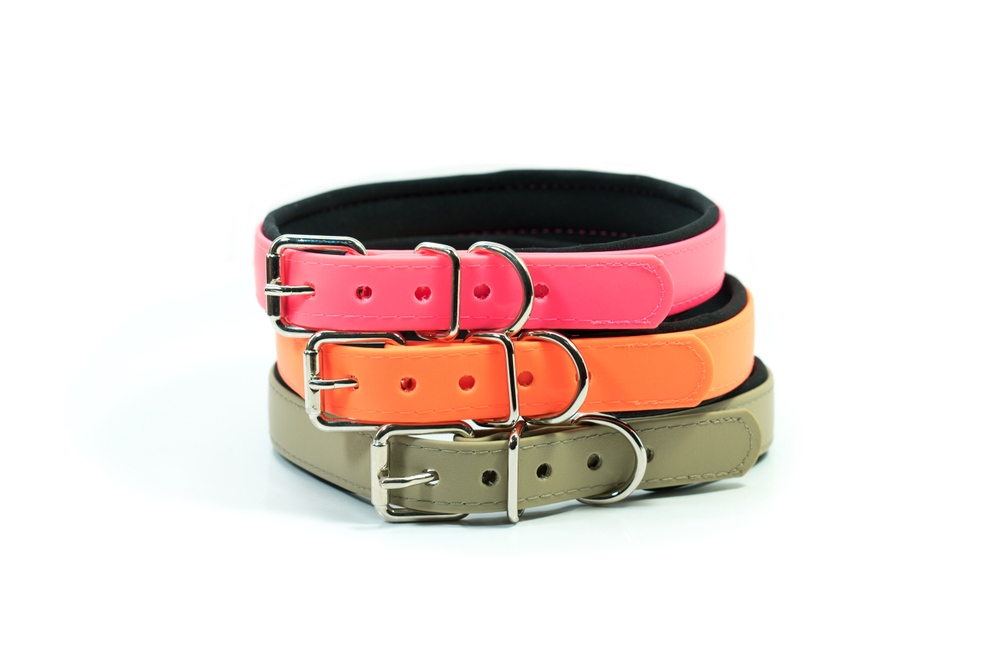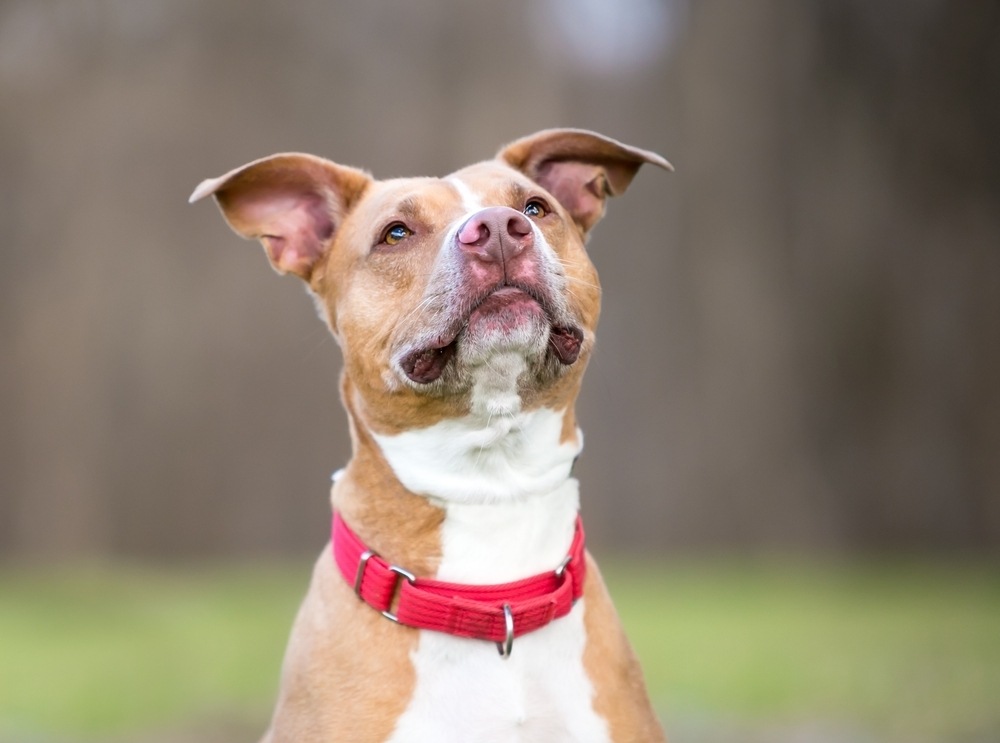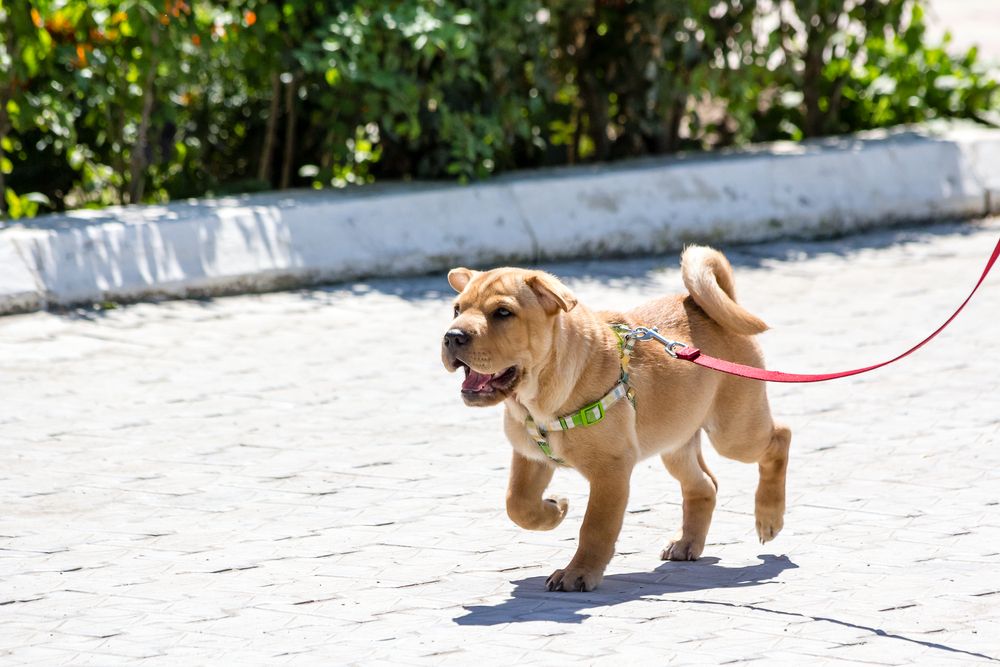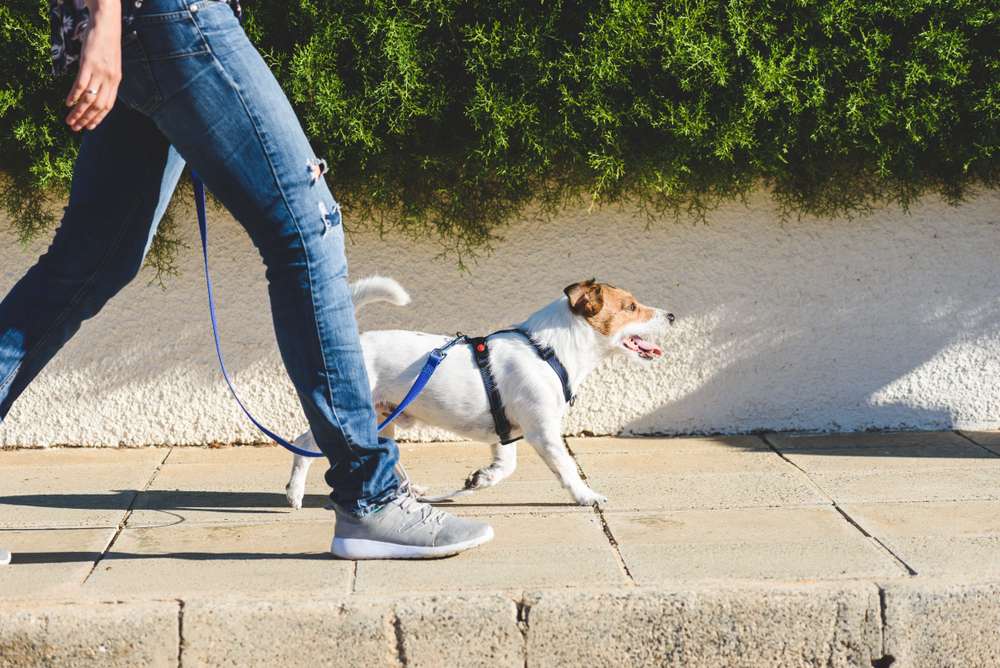Collar or Harness: Which Is the Right Choice for Your Dog?


Collar or Harness: Which Is the Right Choice for Your Dog?
From collars to harnesses, there are lots of different options and combinations out there. With so many choices, it can be a bit overwhelming to find the right fit for your pup. Don't worry – we're here to help! Here are some of the most common types of collars and harnesses out there today.
Standard Flat or Rolled Collars


Martingale Collars


Standard Flat or Rolled Collars


Martingale Collars


If you need help picking out the right collar or harness for your pup, let us know! The experts at Hooves and Paws Pets are here to help!
